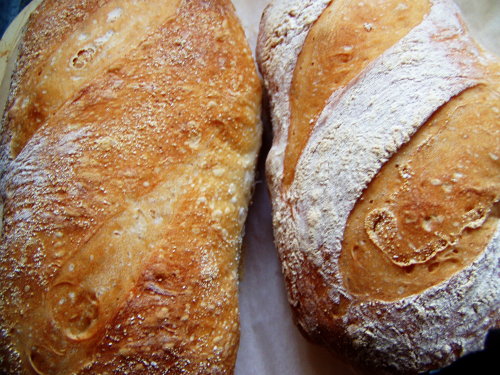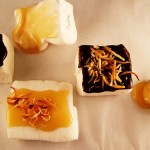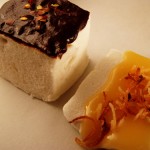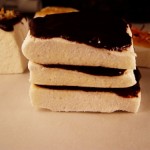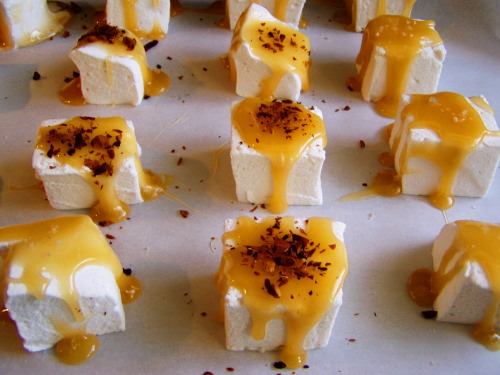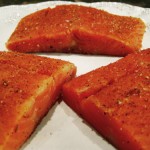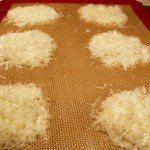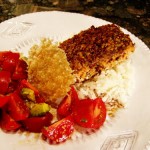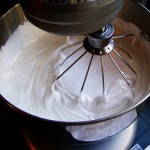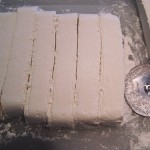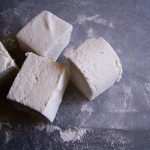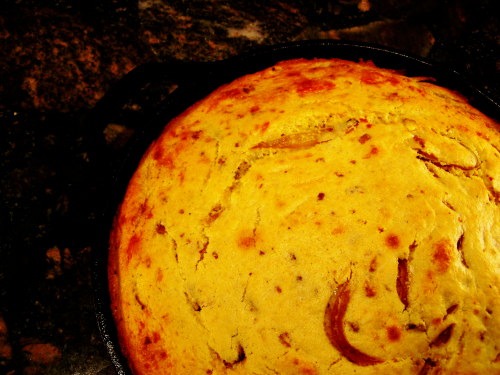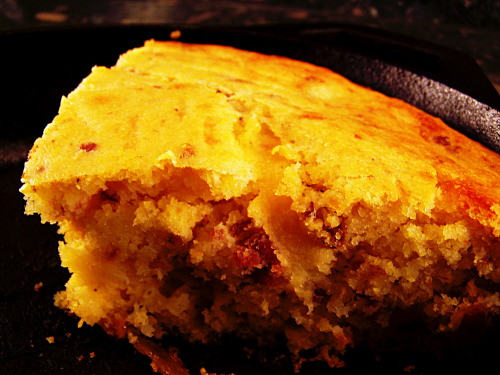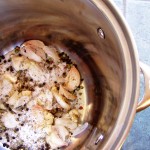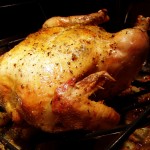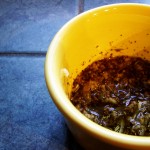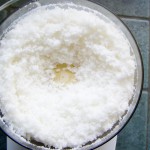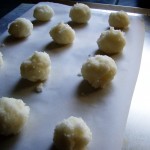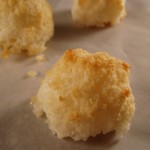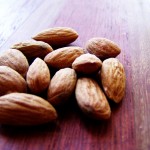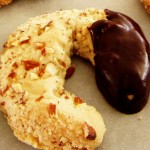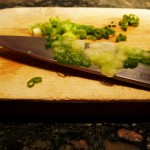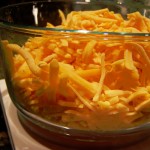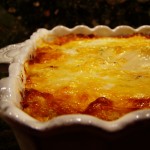As you may have noticed in the Artisan Bread recipe, I occasionally specify using Kosher salt. I will be the first to admit that I regularly ignore some of the specifics when it comes to particular ingredients listed in a recipe. Unless there’s a really compelling reason, I generally don’t pay attention when a recipe wants me to use, say, a specific brand (this is somewhat likely to be the result of sponsorship, rather than an indicator of particular suitability). It’s not that I don’t like to be told what to do (apologies if you are in a room with anyone who has ever met me and their shrieks of laughter are making it hard to concentrate on reading), but I usually try to make reasonable substitutions to avoid buying near-duplicates of things I already have in the pantry.
However, there are times when the specified ingredient is so specified for a reason. When you are asked to use Kosher salt, do. As you can see below, left, table salt is made up of very fine grains. Kosher salt, on the right, is made up of much larger flakes. As a result, a teaspoon of table salt is a lot more salt than a teaspoon of Kosher salt. If you are out of Kosher salt and a recipe is calling for it, you can use table salt so long as you reduce the quantity by about a third.
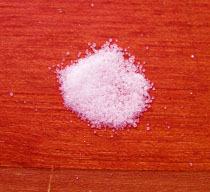
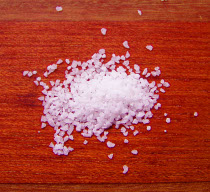
Sodium chloride is sodium chloride. Many, though not all, of the differences people perceive between various sorts of salt (sea, table, Kosher, etc.) are more about texture than taste. And some salt textures are more suited to performing different tasks – the weighty nubbins of fleur de sel are a better garnish when you want the salt to hold its shape, for example. The good news is that salt is generally pretty inexpensive, so you can try several different kinds and go nuts.
For the curious, the salt in the salt cellar pictured in the masthead is sea salt. The salt cellar itself is part of the Match pewter collection. Its tiny spoon is pretty much the cutest thing you’ve ever seen, hence the site name.
